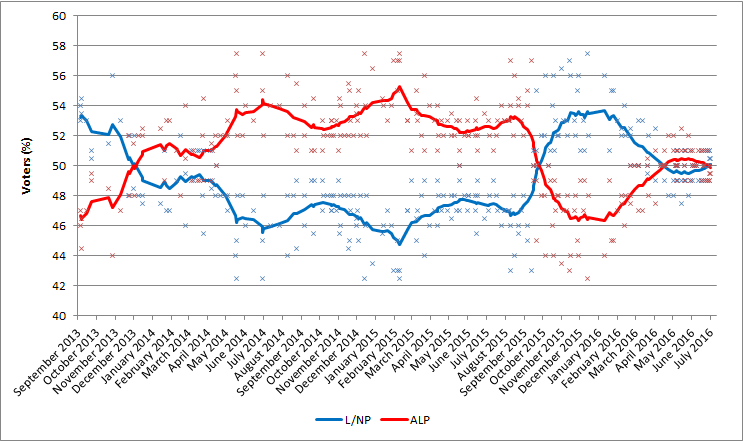
All pollsters tell clients that a poll is just a snapshot in time and attitudes can change swiftly. They also say the polling instrument is only as good as the input and how well questions are phrased. Garbage in, garbage out or filet mignon in, filet out.
Dr. Corey Cook is dean of Boise State’s school of public service. He also is an expert on polling. In an interview about BSU’s third annual statewide survey of 1000 Idahoans on issues of public policy and where they stand from health care and insurance to education to the economy to taxes to transportation he was candid, sharp and informative.
He went to great lengths to explain why this was a poll about public policy and should not be considered a political poll.
He conceded, however, that in keeping with transparency he should have acknowledged that the firm handling the polling, GSStrategic Group, is led by Greg Strimple, a nationally known Republican pollster. His firm is currently handling polling for doctor/developer and gubernatorial aspirant, Tommy Ahlquist. Dean Cook said he was convinced the firm had kept a firewall internally.
When asked the cost Cook said it was $50,000 for the 20 minute, 60 question poll - approximately $30,000 from public funds and the rest contributed by five private companies: Blue Cross, the Idaho Realtors Ass., Midas Gold, Monsanto and Western States Equipment.
The price did not include focus group sessions to test the wording of the questionnaire nor any follow up to verify contacts and responses.
Despite Dean Cook’s eloquent arguing to the contrary, almost any poll asking questions about public policy is by definition “political” and can be used for political purposes. Idahoan views on the inadequate underfunding of public education as well as teacher pay has ramifications when presented to the Legislature
Indeed, in several places the poll invites the respondent to choose between options on whether and how the Legislature should act.
Because it does have political implications it becomes critically important to understand decisions made with regard to internal dynamics. For example, the pollster has to choose between “weighting factors,” such as deciding to over sample in north Idaho to make sure the poll reflects a decent number of respondents from the ten northern counties.
Several variables come into play and in looking at these red flags should be raised. The split between calling those with land lines as opposed to cell phones was clearly subjective. Idaho is supposed to lead the nation in folks who just have cell phones. Thus, of the 1000 calls 590 were made to cells, or 59%. Dean Cook, estimates the correct number to be 65%, not 59%.
Cell phones tend to be the purview of the young and the tech savvy. Older voters stay loyal to their landlines and also vote at a much higher percentage than the young. So, weighing a higher value to a land line holder might be a shrewd move.
Other than saying they had purchased commercial lists to get to respondents who primarily use a cell phone, the Dean did not reveal the GSStrategic Group’s methodology and the firm did not return my calls.
In previous polls the Dean said they would ask whether the respondent had voted in the last presidential election. This is a wasted question for few want to self report to anyone that they did not do their civic duty. One is far better off to purchase a list of the active voters, the so-called four for fours in order to get a better read on a possible political result.
The gender split was almost 50/50. That’s ok for a policy survey but a political survey should be 53% women, 47% men. It is also fair to say that the BSU poll surveyed “white Idaho.” Hispanics comprise 11.5% of Idaho’s population yet the breakout on the cross tabs indicated that only 2.3% of the respondents were Hispanic. This is a most unfortunate undercount.
When it comes to voting by party preference the numbers don’t really reflect current demographics. The same is true for the response to religious preference. The BSU poll had self-described affiliation at 39% for independents (too high), 37% for the GOP (a bit low) and 16% for the Democrats (way too low).
As to religious affiliation, the 2017 poll indicated 115 respondents were Roman Catholic (too high), and 181 were LDS (way too low - it's more like 25%). The education numbers appeared to be badly skewed also as were the income numbers. BSU’s breakdown on education was 18% on high school grad or some high school but the Political Almanac shows the number at 38%. BSU’s 2018 survey shows the number at 50%. Which is it?
With income the numbers did not square with other data either. The Almanac indicated Idahoans with income under $50,000 was 52% of the population. BSU’s poll indicated it was 35%.
Bottom line is Dean Cook was correct. This cannot and should not be used as a reliable political poll. There are just too many questions. It is indeed about policy and accurately reflects Idaho residents views. Marty Trillhaase, the Tribune’s fine editorial page editor, drew the other correct conclusion. Idahoans say they are green/blue on the issues but they always vote red.

